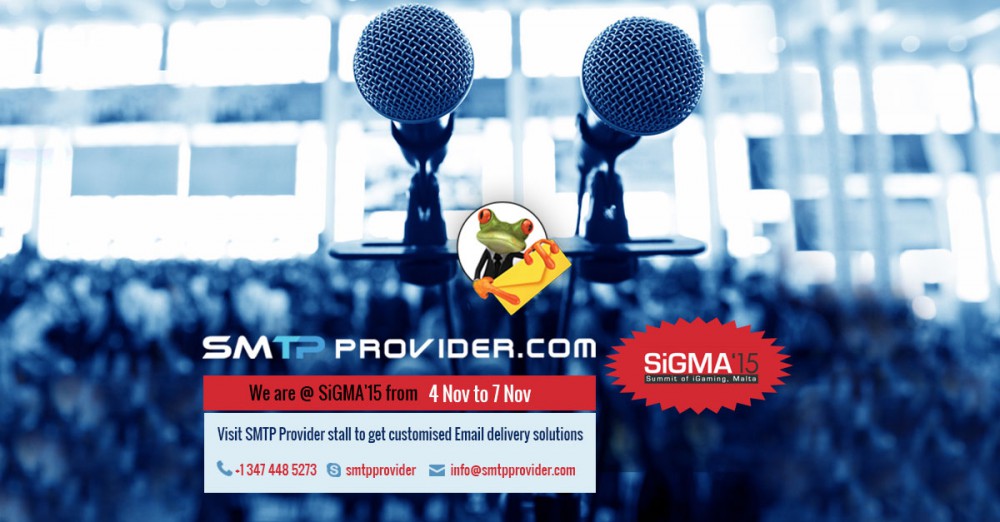Internet is one of the most remarkable inventions of modern era and emails are the top communication medium. Both of them together have made a difference in the modern communication world.
Emails rule the roost in present day’s communication world. Be it personal or business affairs, emails are trusted to transmit messages from one source to another. Emails have become the most trusted partner of communicators. Meanwhile, emails are taken as a crucial application ensuring the success or failure of business ventures.
Email marketing is the latest talk of town. A lot of business owners trust emails for marketing their products. However, for a result-oriented email marketing campaign, there is a need of reliable and efficient outgoing mail server, SMTP.
Simple Mail Transfer Protocol or SMTP mail server is widespread in use because of its user-friendly features and sheer competent features. Whether you need to send bulk emails or keep your emails spam-free, SMTP proves handy under each and every circumstance.
Though SMTP functions in easy way but it is responsible to look after most important aspect of email marketing. For a wide outreach, emails need to be delivered fast and effectively and SMTP does just that.
The moment send option is clicked on the computer screen, email client gets in touch with SMTP server that connects with the servers of recipients and subsequently delivers the emails. This sounds simple but there are many steps involved in the entire process.
It happens many times that SMTP server fail to connect with the server of recipients then, emails wait in the queue and the outgoing mail server tried to deliver the message by establishing the connection on regular intervals. If the emails are left undelivered for five days or so, emails return to the original sender marked as undelivered.
Here is how SMTP server functions
• After typing the message and hitting the send option, mail client connects with SMTP on port 25
• Email addresses of recipients and sender are provided to SMTP, which then check the email content for spamming
• Email addresses of recipients are broken into recipients name and domain name. If the domain is same, POP3 server delivers the emails. In case of different domain name, SMTP converses with respective domain
• Then, SMTP collects IP address of recipient’s SMTP server from DNS
• Outgoing SMTP server tries to establish connection with the SMTP server on recipient on port 25
When the domain name of sender is recognised, SMTP delivers the message to POP3 server which ultimately delivers the message to recipient’s inbox.
SMTP server helps maintain a positive reputation of IP and tries to keep the IP address white-listed. So, it’s essential to connect with a reliable and trustworthy SMTP provider.


